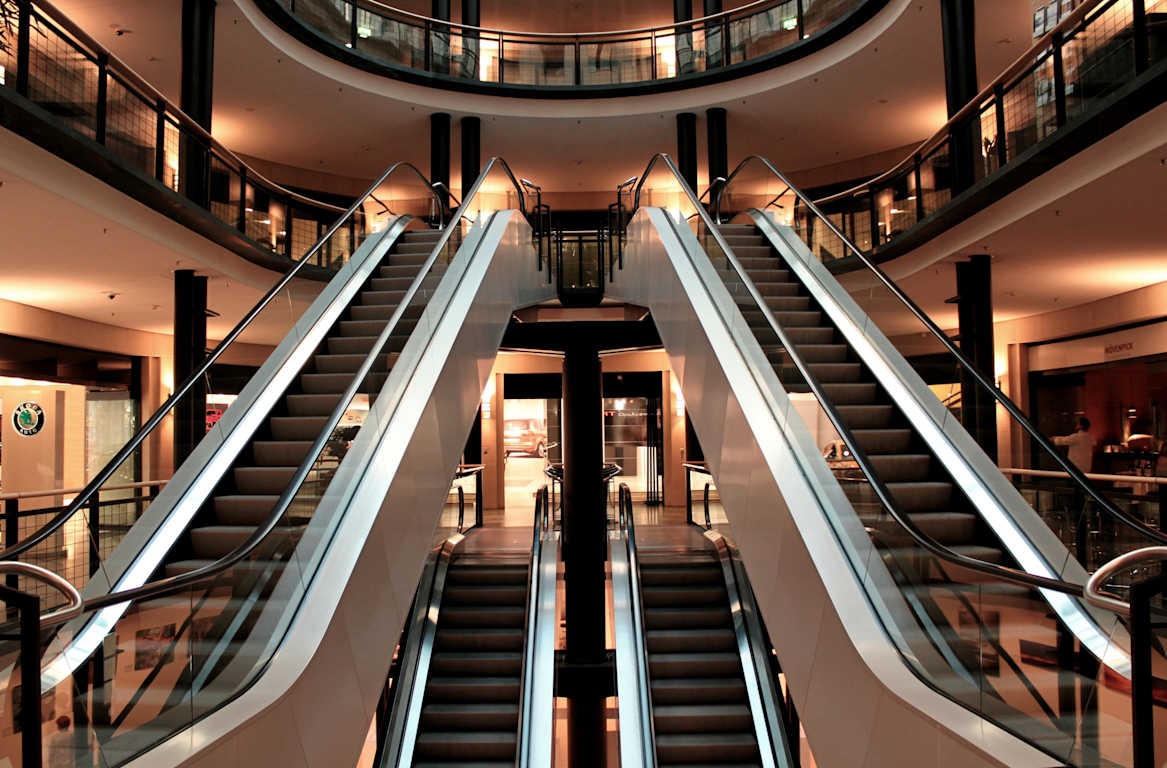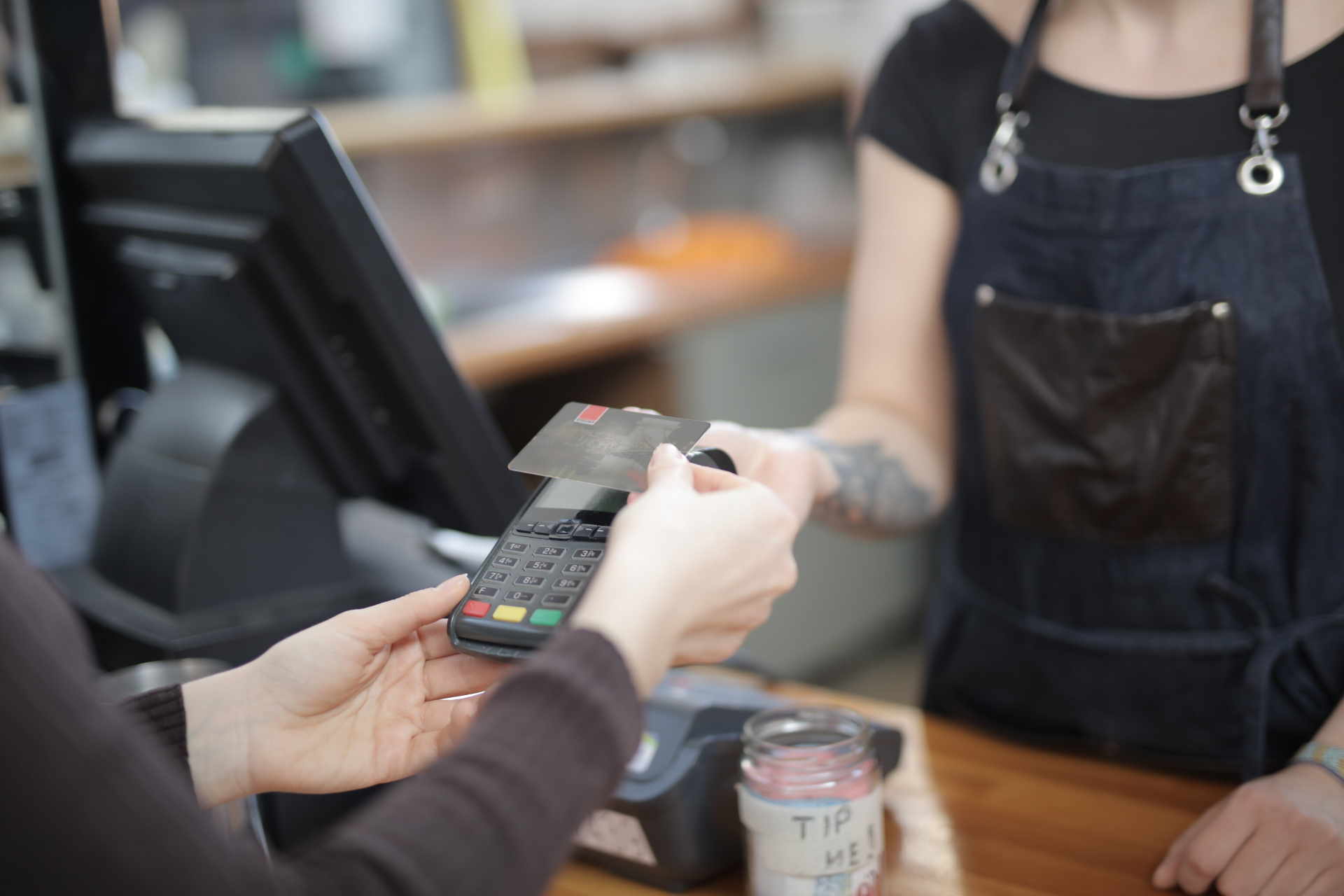Return to Resources
The Marriage of Digital and Physical
Sep 10, 2019
2 min read
How traditional brick-and-mortar retailers are reinventing themselves to create memorable and differentiated mall experiences.
Today’s mall-goers, especially digitally savvy millennials, expect more from their in-store experiences.
The online shopping world is perceived by many to be a threat to traditional brick and mortar retail. The evidence is there. While Amazon is growing by leaps and bounds, traditional large brand name retailers - Sears, JC Penney and most recently Toys R Us - are closing stores, going into receivership and are struggling to survive. It is estimated that up to 40% of retail businesses will die over the next ten years.
And yet, 90% of retail transactions still occur in store and two-thirds of consumers who made purchases online used an in-store location before or after the transaction. So, brick and mortar retail still has a very important role to play in the consumer shopping experience, it just may be a different role than the one of days gone by. To not only survive but thrive, brick and mortar stores need to reinvent themselves and create new customer experiences through the adoption of new technologies and advanced data analytics.
According to global consulting firm McKinsey, progressive shopping malls are following these five trends to create experiences focused on appealing to today’s digitally-savvy millennials:
Entertainment
Food and Drink
Retail
Transportation
Technology
The marriage of physical and digital retail has the potential to create an omni-channel experience that is valued by shoppers and sets traditional retail apart from its online competitors. “Consumers still want to touch and feel the goods they’re buying, which is why the omni-channel strategy is ultimately the solution to long-term viability,” says Chris Weilminster, President of the Mixed-Use Division of Federal Realty Investment Trust.
Brick and mortar shopping malls looking to reinvent their customer experience should consider implementing some or all of these seven technologies:
Location technology
Virtual inventory discovery
Mobile check out
Indoor navigation to retail touchpoints
Customer engagement technologies such as digital signage and personal shoppers
Retail analytics and inventory management
Omni-channel customer data gatherings
Keen to learn more about the marriage of brick and mortar and digital? We have the answers. Download our free eBook today, entitled “Re-Inventing Retail.”
About Mappedin
Mappedin provides REITs and retailers with the ability to make their properties searchable and discoverable -- indoors. Its software platform is helping to change the way of retail by providing tools to manage dynamic indoor information and build meaningful wayfinding experiences.


